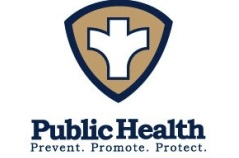Middle-Brook Regional
Health Commission
“Healthy People and Places – A Healthy Community”
Serving Green Brook, Warren, Watchung and Bridgewater
“Healthy People and Places – A Healthy Community”
Serving Green Brook, Warren, Watchung and Bridgewater
Here are helpful tools to help you prepare for and recover from an emergency.
Food and Water Safety Information
Pets
Large animals
